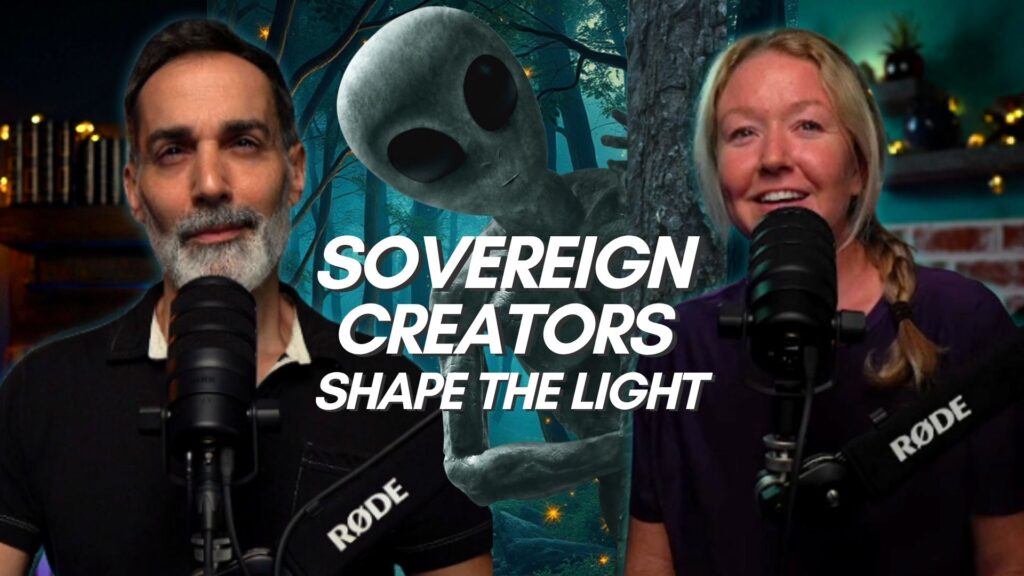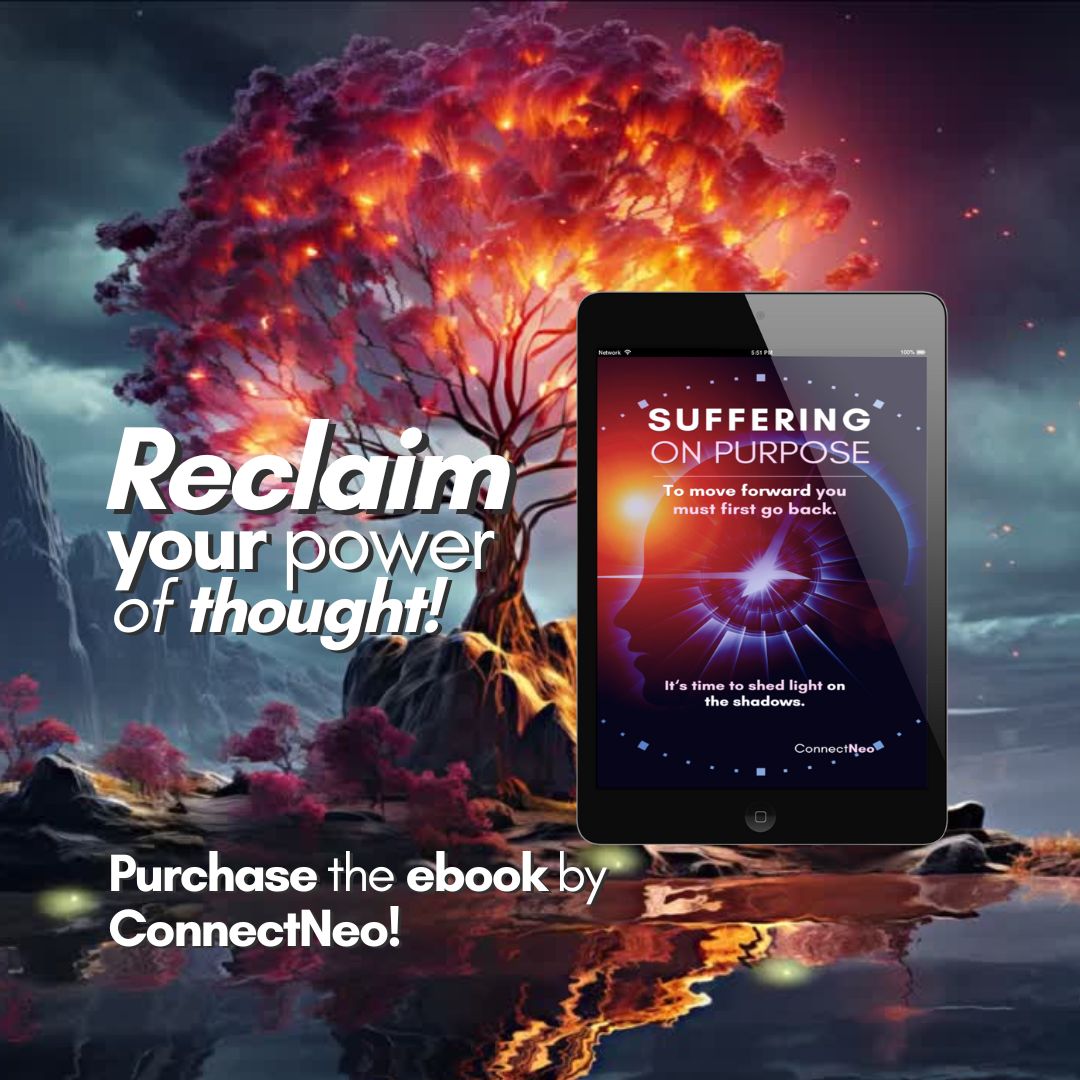One of the things I like most about inbound marketing is how much sense it makes. As a long time marketer, I see inbound as the answer to many nagging marketing questions like “how can you sell someone something they don’t want to buy?” (Answer, you can’t.) Or “why would you even bother in the first place?” In the “old days” marketing was about convincing people to do your bidding, almost against their will. Turns out this doesn’t really work. It’s not about convincing anymore. It’s about “informing”. And if you have the right product or service for your audience, you shouldn’t need to convince them. Your product should just be the answer they are looking for. This is what’s so great about inbound. It allows your audience to find you based on the relevant useful information they needed anyway.
But what happens when good inbound marketing strategies go bad?
When the idyllic marketing scenario described above fails and fails hard? Keep reading to learn about the best ways to sabotage your inbound marketing every time, and what steps you can take to undo your own worst thinking.
- One and done
News flash, the days of “unveiling” websites are over. Yes we know, Creative Directors everywhere are quietly sobbing, but this is how it is. Today, if a website is faithfully serving its purpose, it should never truly be “complete”. Instead, it should be seen as an organic, perpetually expanding thing with new, relevant, and fresh content being added all the time. Want your inbound marketing strategy to dematerialize into a brand colored puddle on the floor? Build your site and let it sit untouched for a while. Sit back and marvel for a year or two at all your perfect headlines and tightly honed stock imagery. Watch as you become the only one still checking out your site. Correct the error by testing and enhancing. Always be updating and refining what’s there. When you consider your inbound marketing strategy, remember you can never get it done, and really you shouldn’t want to.
- Stay on task
I read a great meme once that said “don’t worry about what I’m doing, worry about why you’re worried about what I’m doing” and this is true both in life and inbound. A great way to sink your next inbound campaign is to get overly wrapped up with competitive analysis. Whether on keywords, or SEO mapping or whatever, it’s absolutely way more important to focus on communicating your value to your audience, than to try and beat your competition to the punch on keywords. Authentically represent your product or service and your audience will come to you.
- Keyword research
Just like websites, keyword research is never done. But hey, you’re guaranteed to royally screw things up by doing your keyword research once and never returning to it. Create a cherished, hand-selected list of keywords. Take them out occasionally to look at. Squeeze content from them reluctantly. And watch your blog fade into obscurity. Ideally, you should be on the lookout for new keywords perpetually. Whether for new blog posts, content pages on your site, page optimization, offer creation … truly the list is endless.
- Be a quitter
So you’ve written a handful of blog posts and they’re not getting the response you’d hoped for. To “sweep the leg” on your inbound campaign just quit blogging altogether. Kitten slap the air, and storm out of the room in frustration. But here’s the thing about blogging. It performs better over time. So, if in the beginning you don’t get the results you want, give it time, the blog post you wrote last year if optimized properly and based on solid keyword research is probably doing better than you think. Studies have shown that content a year or older tends to outperform brand new content. But here’s the rub. In order to have older content, you need to constantly be creating new content so that one day it can become old too.
- Have crummy offers
If you’re going to solve someone’s problem, that’s awesome! But if you’re not, then don’t say you’re going to. If you’re driving people to landing pages to download content only to be told they should “drink more Ovaltine”, they’re going to resent you, and the fact that you wasted their time. Also, if your offer is just plain crummy and you know it; don’t expect your audience to be fooled. Create exciting, useful, helpful, valuable offers, or wait until you have something exciting, useful, and valuable to offer. Don’t just throw something out there to say you did it.
- Get chatty with your landing pages
Hey I’m a creative, I get it. We like to express ourselves. And if you want your inbound marketing strategy to foul out worse than Bill Clinton at a women’s pro beach volleyball tournament, make your landing pages expressions of your inner creative genius. Go ahead, pour your heart into them, and fill them with lines and lines of helpful text. On the other hand, keeping landing pages simple, direct and to the point will have a tremendous positive impact on the success of your inbound marketing strategy.
- Ignore all those confusing fields in your CMS portal
Yes, designing websites is awesome! Graphics, and images and animation and videos, and photography, who doesn’t love having deep prolonged conversations about photo composition and text treatments? Choosing the perfect font? Finding the perfect infographic? Now this is marketing! However, if you want your inbound marketing website to do a rocket-propelled face-plant, don’t bother filling in the SEO Meta data inside your CMS. Just leave those confusing fields blank, or better yet, make up some stuff to put in there! Artistically your site could be the Sistine Chapel, but if no one finds it online, it’s irrelevant. Do yourself a favor. Take the time to create a proper SEO map, and make sure your site is findable.
8. Fly by the seat of your pants
Life should be exciting, an adventure. Live for the moment. Take risks. A little luck sprinkled with some positive attitude, what could go wrong? If you’re talking about inbound marketing? Everything could go wrong. Want your inbound marketing to be over before it started? Wing it. Use your “marketing instincts” to guide you. You’ve got this, bro. A process on the other hand is the backbone of success with inbound. Have a blog calendar, a weekly inbound marketing call, know when your social posts are publishing, have offers for every stage of the sales funnel. Create a process, and stick to it.
- Sink a lot of money into your website
Just so you know professional websites don’t need to cost $30,000.00 to produce anymore. In fact, you can get a totally solid website for a fraction of that cost. Or you can roundhouse your inbound marketing campaign in the face by taking forever to get a first draft of your site live. Watch your budget swell and the months roll by before you have a thing to show for you effort. You might try something smarter. There’s a new trend in inbound called “Growth Driven Design” that might be one of the coolest thing’s to come out of this year’s HubSpot Partner Day (http://www.hubspot.com/partners/partner-day-2015-resources). Growth Driven Design mitigates risk, reduces upfront investment and generates quicker ROI.
- Get overwhelmed by social media
Secretly, everyone is a little terrified of social media. And you are no exception. All those dates, and tiny little posts, and links to other stuff, and thumbnail sized pictures, it’s enough to make you cranky. Give your inbound marketing campaign something to cry about, go ahead, and slack off on your social media. Or, you could reinforce each of your blog posts with twitter, Facebook, LinkedIn and Instagram and watch your results climb. Social media is essential to propagating your content and growing your ubiquity. Don’t be a slacker.
















